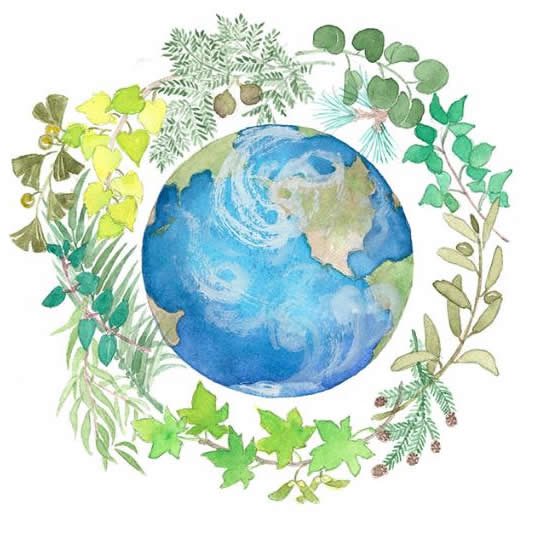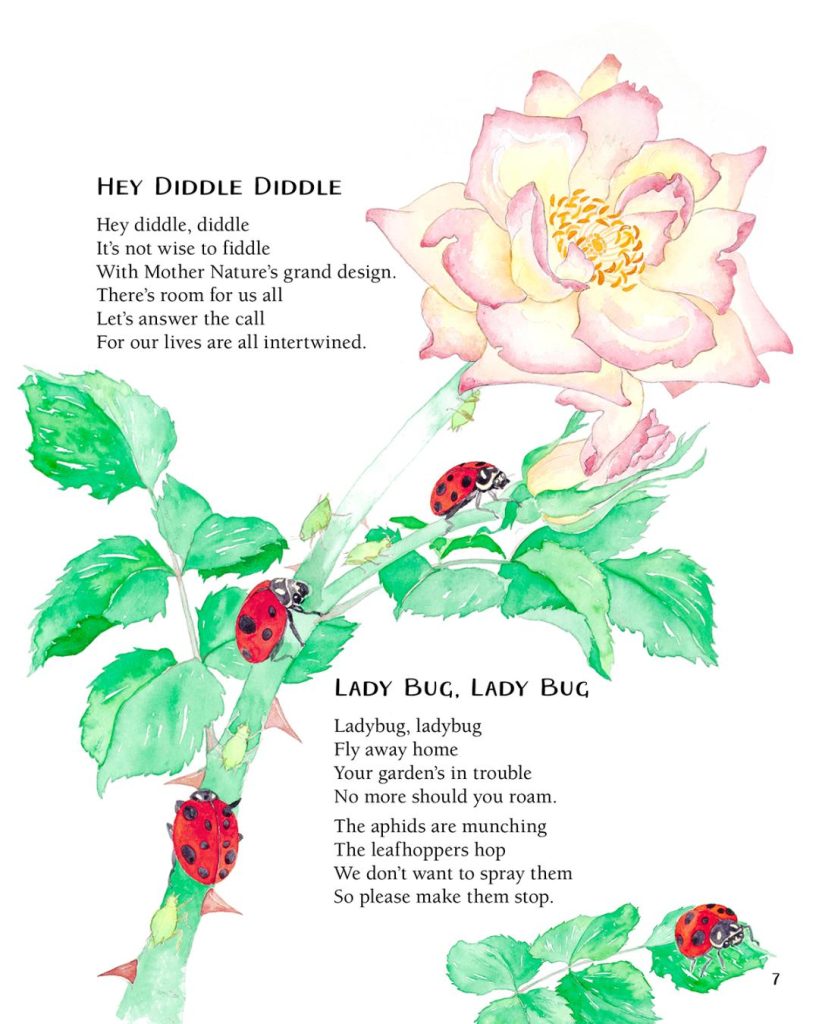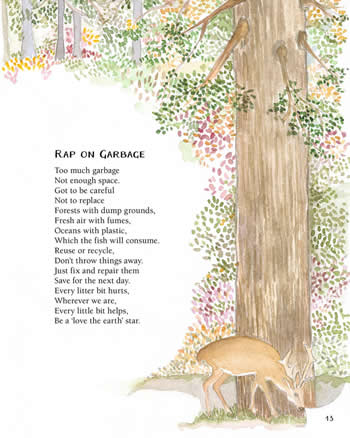
Sharing Mother Nature Nursery Rhymes
It is said that lessons learned in the nursery are lessons learned for life and an advocate for children’s early years, England’s Princess of Wales, reminds us that, “Early childhood shapes the adults we become.” Can this start in the nursery? The authors of Mother Nature Nursery Rhymes believe it can.
For centuries children the world over have been entertained and lulled to sleep with rhymes. Not only do rhymes bring comfort they also help young children learn the alphabet, build vocabulary, and gain speech acquisition.
Created for different times many of the traditional rhymes we still repeat don’t make much sense. The actions and words used often referred to events of the day, some were political, some quite brutal and others challenged society, taxes, rumors, etc. but ask most adults and they can still remember, even sing their own favorites. Little children will continue to do the same again and again and if the rhymes make sense all the better. By updating these older versions to reflect today’s world, the new Mother Nature Rhymes encourage the love and care of nature and the preservation of our world.
Suggestions for parents and caregivers:
Whether in a traditional back yard or on a balcony, deck, window ledge, community allotment, or rooftop, have your child help plant and tend a garden. Where possible, include natural pest controls, drought-resistant plants, and those that attract pollinators. Gardens can feature flowers, vegetables, and herbs.
With older children, discuss the plight of seriously endangered species such as tigers, gorillas, orangutans, and rhinos, and consider what is being done to preserve their habitats.
Support local, state, and national environmental, climate change, and/or conservation groups. Many have excellent material and programs for children.
Help children become aware of nature by renewing your own acquaintance with the physical world. Take time to smell the flowers, listen to the birds, admire the trees, and watch the fireflies. Teach your child to use all the senses: sight, touch, hearing, smell, and taste.



